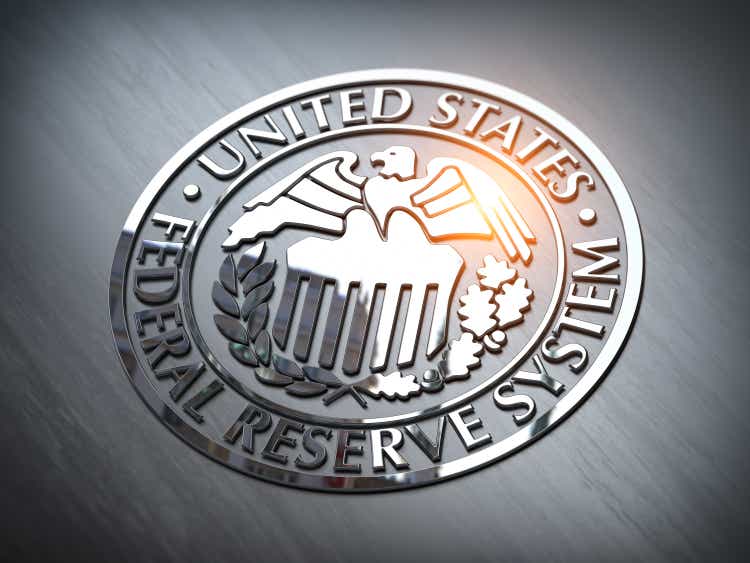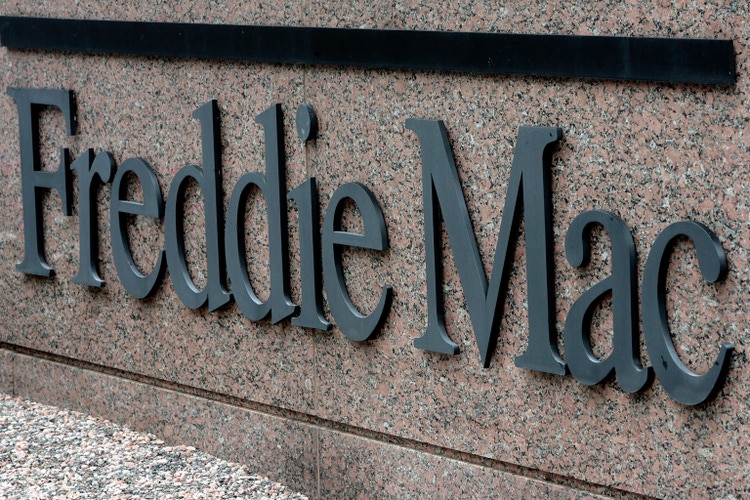- The tooth fairy is paying 14% less than they did last year, marking the biggest decline in 27 years. The average child received $5.01 per tooth in the U.S., which was the lowest amount of any tracked country.
Times are tight for the mythical beings of childhood. Santa Claus will likely be bringing fewer toys this holiday season, as tariffs and economic uncertainty make his helpers more budget conscious. Now, even the tooth fairy is cutting back.
Delta Dental, for the past 27 years, has been tracking how much the tooth fairy leaves under children’s pillows as they lose teeth. And the most recent study shows an average price per tooth of $5.01 in the U.S. That’s a 14% decline from last year’s $5.84—the biggest on record.
In addition, the tooth fairy isn’t giving additional gifts as frequently. Last year, 21% of kids said they’d received “something else” along with the cash. This year, that number has fallen to 16%.
“Since 1998, Delta Dental has tracked Tooth Fairy giving as a timely reminder for families that good oral health is an essential part of a child’s overall well-being,” Delta Dental wrote in a press release.
The 2025 drop also means that for the first time since 2000, the S&P index has outperformed the Tooth Fairy Index (of rises and drops in the amount left per tooth). This marks the first year the real-world market has outperformed the tooth fairy.

Tooth prices have still seen big gains in the 21st Century. In 2000, a tooth went for a little less than $2, meaning it has seen a gain of more than 150% in that time.
Curious what the tooth fairy pays in other countries? (Spoiler: Kids in other countries are doing better than American children.) Here’s the current average.
Japan – ¥ 752 ($5.12)
Ireland – € 4.80 ($5.62)
Spain – € 4.80 ($5.62)
England – £ 3.97 ($5.39)
Canada – $ 7.13 ($5.17)
Brazil – R$ 28.68 ($5.31)
Costa Rica – ₡ 2535.44 ($5.02)
This story was originally featured on Fortune.com

 1 hour ago
1
1 hour ago
1

















 English (US) ·
English (US) ·